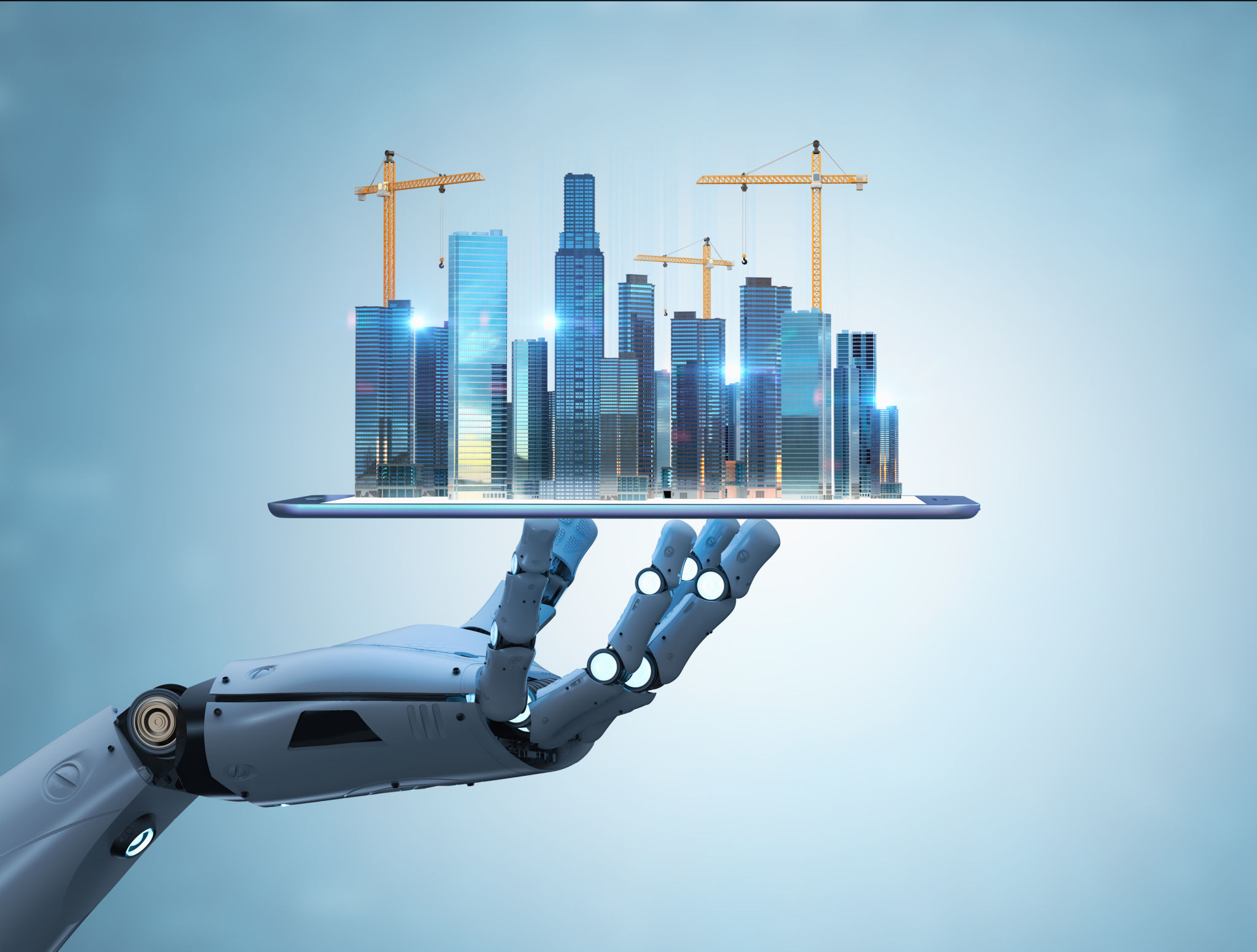Top Emerging Technologies in the AECO Industry: What to Watch
Introduction to AECO Industry Innovations
The Architecture, Engineering, Construction, and Operations (AECO) industry is undergoing a significant transformation, driven by rapid technological advancements. These emerging technologies are reshaping how projects are designed, managed, and executed, enabling greater efficiency, sustainability, and collaboration. In this post, we will explore the top emerging technologies that are set to redefine the AECO landscape.

Building Information Modeling (BIM)
Building Information Modeling (BIM) has become a cornerstone technology in the AECO industry. It facilitates the creation of digital representations of physical and functional characteristics of buildings. BIM allows stakeholders to collaborate more effectively by providing a shared knowledge resource for information about a facility. The ability to visualize projects in 3D enhances decision-making and reduces errors during construction.
Beyond its core benefits, BIM is evolving to include 4D and 5D dimensions, which incorporate time and cost data. This advancement allows for more accurate project timelines and budget estimations, further streamlining project management processes.
Augmented Reality (AR) and Virtual Reality (VR)
Augmented Reality (AR) and Virtual Reality (VR) are revolutionizing the way AECO professionals visualize and interact with project designs. AR overlays digital information onto the physical world, enabling architects and engineers to view proposed changes in real time. This capability enhances communication with clients and stakeholders by providing immersive visual experiences.

Meanwhile, VR offers a virtual environment where teams can conduct walkthroughs of projects before construction begins. This immersive experience helps identify potential design flaws and ensures that all parties have a clear understanding of the project vision. As VR technology becomes more accessible, its adoption in the AECO industry is expected to grow significantly.
Artificial Intelligence (AI) and Machine Learning (ML)
Artificial Intelligence (AI) and Machine Learning (ML) are powerful tools that are transforming data management in the AECO sector. AI algorithms can analyze vast datasets to predict project outcomes, optimize resource allocation, and enhance safety measures on construction sites. These technologies enable proactive decision-making, reducing risks and improving productivity.
ML, a subset of AI, is particularly useful in predictive maintenance of infrastructure. By analyzing historical data, ML models can forecast equipment failures and suggest preemptive maintenance activities, minimizing downtime and extending the lifespan of assets.

3D Printing
3D printing is pushing the boundaries of what is possible in construction. This technology allows for the creation of complex structures with precision and speed, reducing material waste and labor costs. From printing entire buildings to producing custom components on-site, 3D printing offers a sustainable alternative to traditional construction methods.
The potential applications of 3D printing in the AECO industry are vast. It enables rapid prototyping during the design phase, facilitating innovation and experimentation with new architectural concepts. As the technology matures, its role in shaping future construction projects will only expand.
Conclusion: Embracing the Future
The integration of these emerging technologies into the AECO industry represents a paradigm shift towards more efficient, sustainable, and collaborative construction practices. As these technologies continue to evolve, professionals in the AECO sector must remain adaptable and open to change. By embracing these innovations, the industry can improve project outcomes, reduce environmental impact, and meet the growing demands of urbanization.
